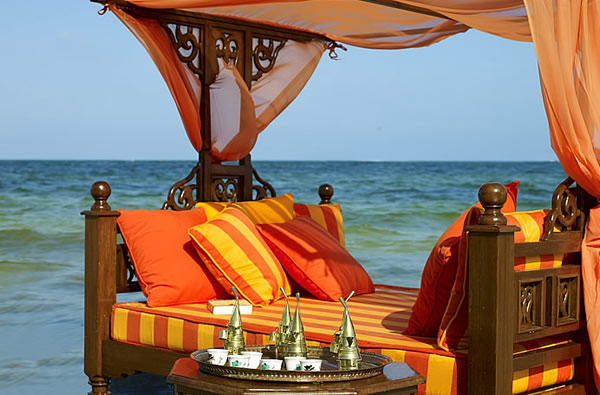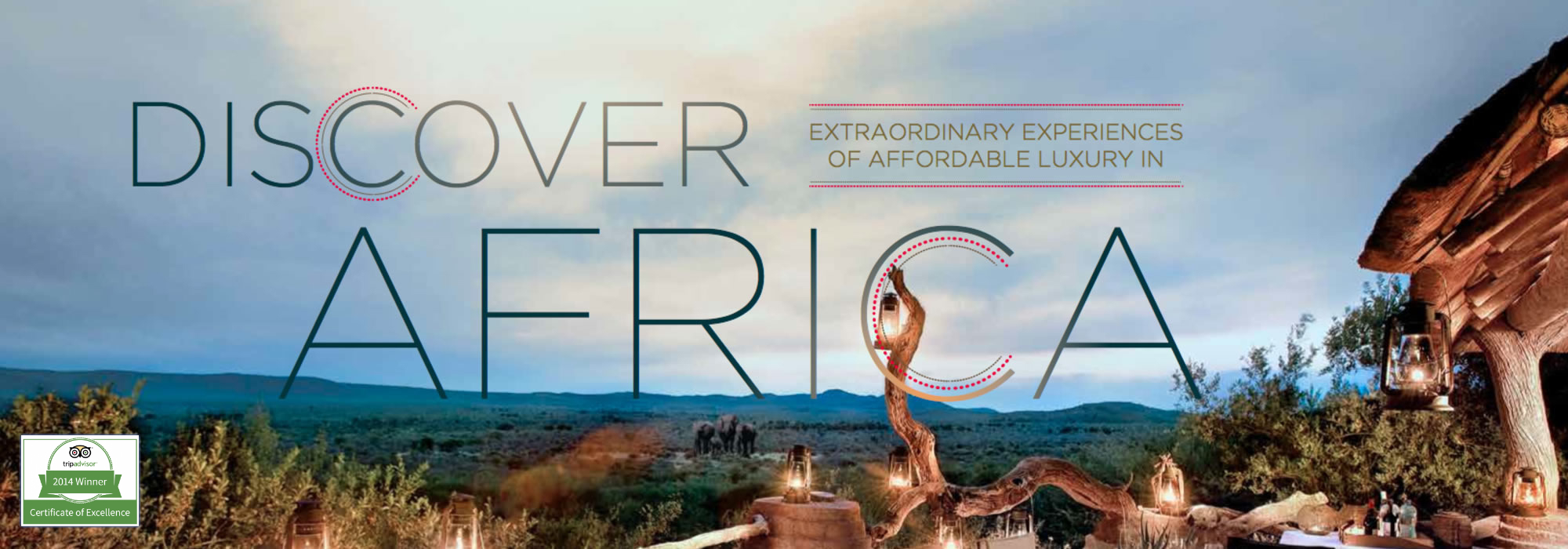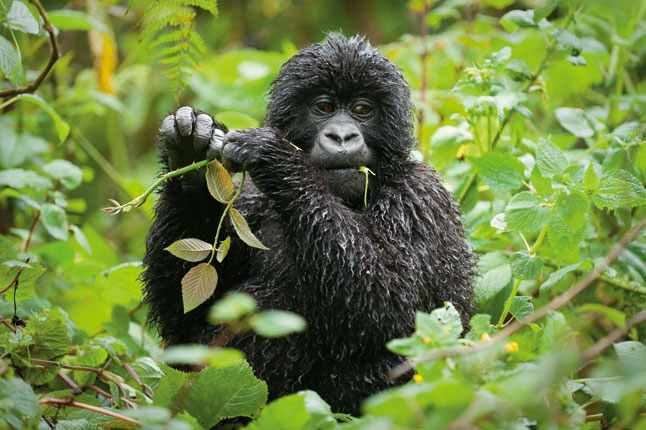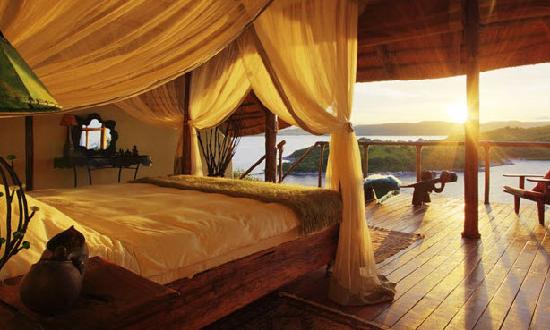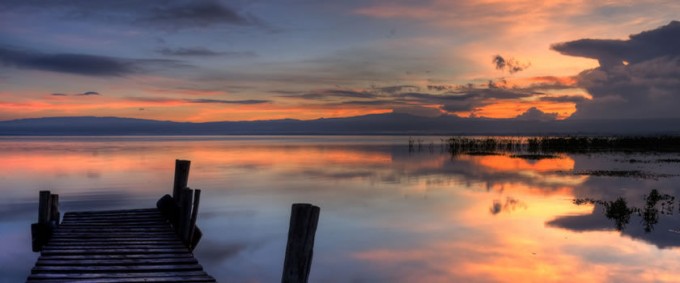

Naivasha is a small cosmopolitan town at the bottom of the Rift Valley. It is one of the four constituencies forming Nakuru County, part of the former Great Rift Valley Province in Kenya.
Naivasha has an area of 1,707 square kilometers with a population density of approximately 350,000. The town was originally an area for colonial settlers and the indigenous Maasai population that led a nomadic lifestyle. Workers were recruited from many parts of the country to work on large wheat and dairy farms during the colonial period.
Naivasha is a popular tourist destination. Hells Gate National Park is famous for the hot water springs. Longonot National Park and Lake Naivasha are major attractions for fishing activities.
Naivasha derives its name from the Maasai, who are currently dominating the southern part of constituency, and to whom the words “Maa Naiposha” mean “bubbling waters”. Hence the corrupted name “Lake Naivasha“, after the lake.
At 1880 metres above sea level, Lake Naivasha is the highest of the Rift Valley Lakes. It is the second largest freshwater lake in Kenya and one of only two freshwater lakes in the Rift Valley, the other being Lake Baringo.
Lake Naivasha is unusual in having no known outlet, normally a prerequisite for a freshwater lake! The lake edge supports dense vegetation, which in turn supports a thriving bird population, including the Grey-Capped Warbler, Spectacled Weaver, Brimstone Canary and Red-Billed Firefinch. All told the area has a bird list of over 350 species.
Naivasha is also a good place to see the Grey-Backed Fiscal. This bird replaces the Long-Tailed Fiscal in areas with higher rainfall. Also to be seen in the area is the Black-Lored Babbler. The Naivasha species tends to show pale tipped feathers on their heads, which this gives them a somewhat frosty effect. It is believed that this variation may be the result of hybridisation with Northern Pied Babblers at some point in the past.
Being a freshwater lake, Lake Naivasha has a healthy fish population, which attracts a variety of fish eaters. Both Long-Tailed and Great Cormorants can be seen, along with Fish Eagles and Pied Kingfishers. One of the memorable sights for us was a chance to watch Black Herons feeding on the lake. They are one of the bird species that form a canopy over their heads with their wings when feeding. This is presumably to reduce the surface glare or maybe to trick small fish and insects into believing that they are a shady sanctuary.
The Naivasha region also supports a large population of Lovebirds. These are mainly hybrids of Fischer’s and the Yellow-Collared Lovebird. In the main these populations have been established as a result of the escape and deliberate release of caged birds. Both Fischer’s and the Yellow-Collared Lovebird are native Tanzanian species. Lovebirds are often seen for sale on the roadside. Often the birds are in very small, cramped cages and the vendors are young children. You have to be licensed to catch and sell them, but many tourists fall into the trap of buying and releasing the birds, which are promptly recaptured and resold. This makes this illegal trade highly profitable. Most Kenyan guides advise against being soft-hearted!
While not usually one the of the main safari stops, Lake Naivasha is a good place for a one-night stay. With its locations, one would be travelling from North to South (or vice versa) via Nairobi, which is sometimes too much for a comfortable day trip. Lake Naivasha is on the main road to Nairobi and not too far from the city, so it makes a good alternative stopover for some interesting birding.
There are numerous world-class hotels along the Lake Victoria shores, with breathtaking views of both the lake and the Great Rift Valley. Most hotels offer activities such as horse riding and hiking. Most hotels will also have Wi-Fi and offer it for free. Should one wish to camp along the lake, there are many professionally managed campsites. The sites offer excellent cuisine, most of it being freshly caught Lake Victoria fish.
Naivasha town hasn’t been shy of headlines in Kenya and other parts of the world. It bears stories of people allegedly resurrecting from the dead and people eating donkey, dog and cat meat sold at the butcheries, which of course is against the law.
Currently, Naivasha still maintains a cosmopolitan face. In-migration of people from all parts of the country is still evident with the majority of migrants being from former Central, Western, Nyanza and Eastern Provinces.
The dominant life style is a suburban one with people mingling and mixing. However, there remain distinct ethnic identities and cultures. The Maasai pastoralists live largely on the outskirts of the urban settlement around the lake, and there are the Agikuyu who, due to their large population, dominate both the urban and peri-urban environment, as well as large, medium and small scale farming and other economic activities.
The main industry in Naivasha is horticulture, making it the center of the multi-billion lower industry in Kenya. The town has over 55 flower farms that employ over 50,000 workers. World renown companies like Sher, Oserian and Van Den Berg, international exporters of flowers and vegetables, are located within the larger Naivasha town.
{photos courtesy of thedromomaniac.com, sunshineforpangaea.blogspot.com, wexas.com}



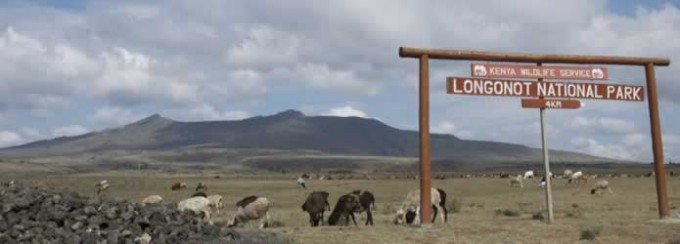
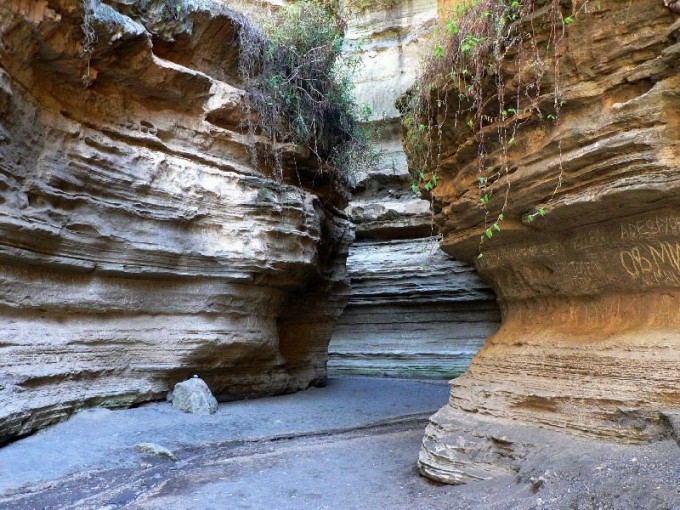

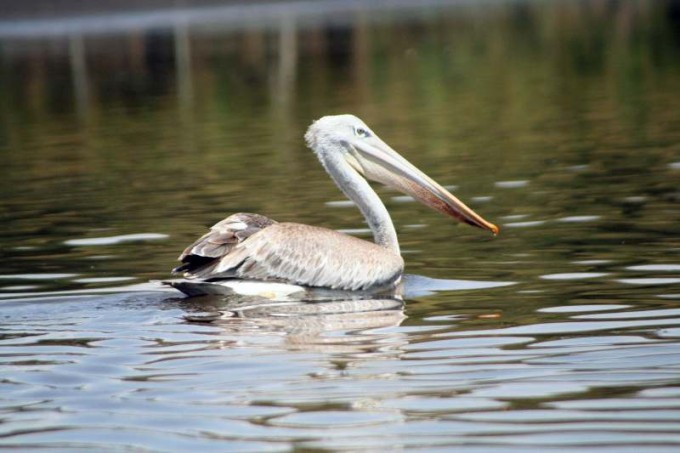
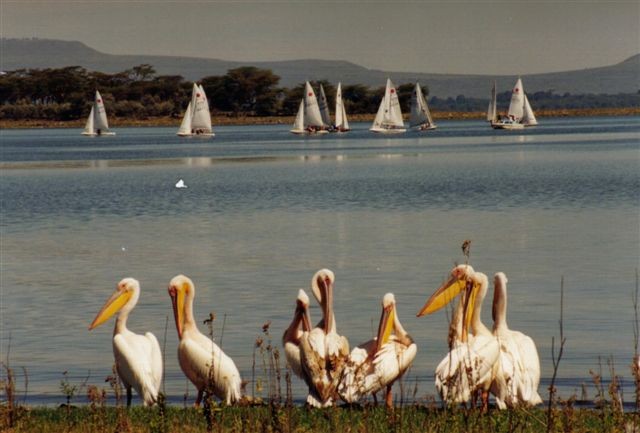
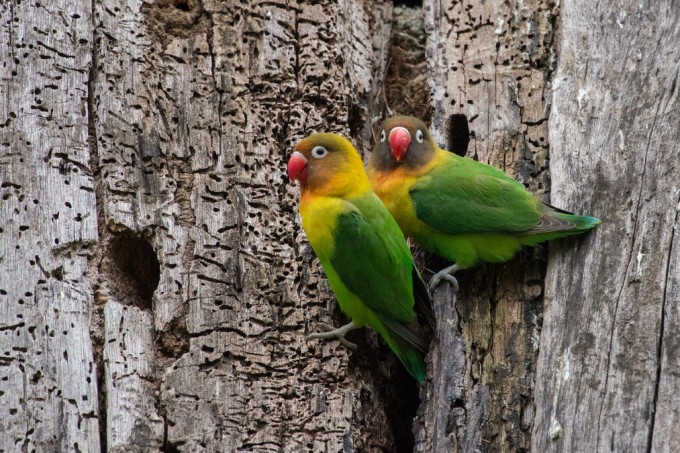
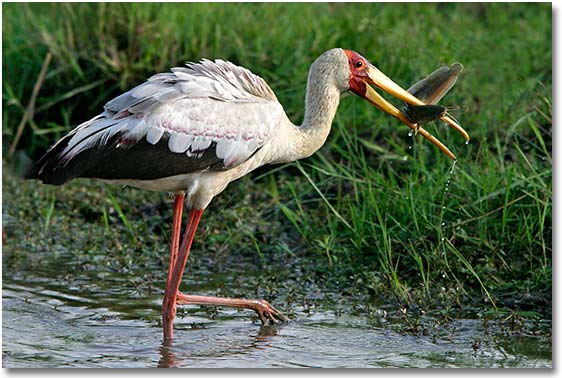
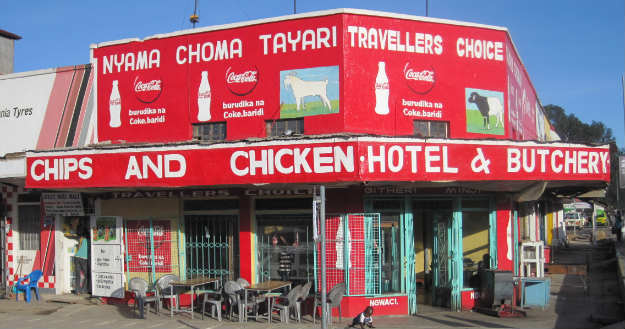
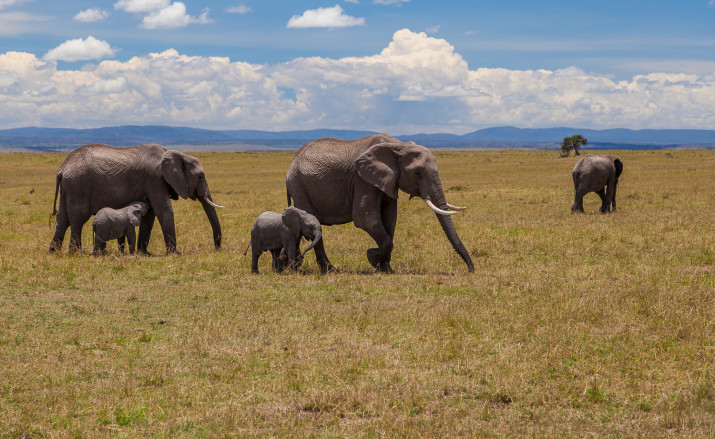
.jpg)


